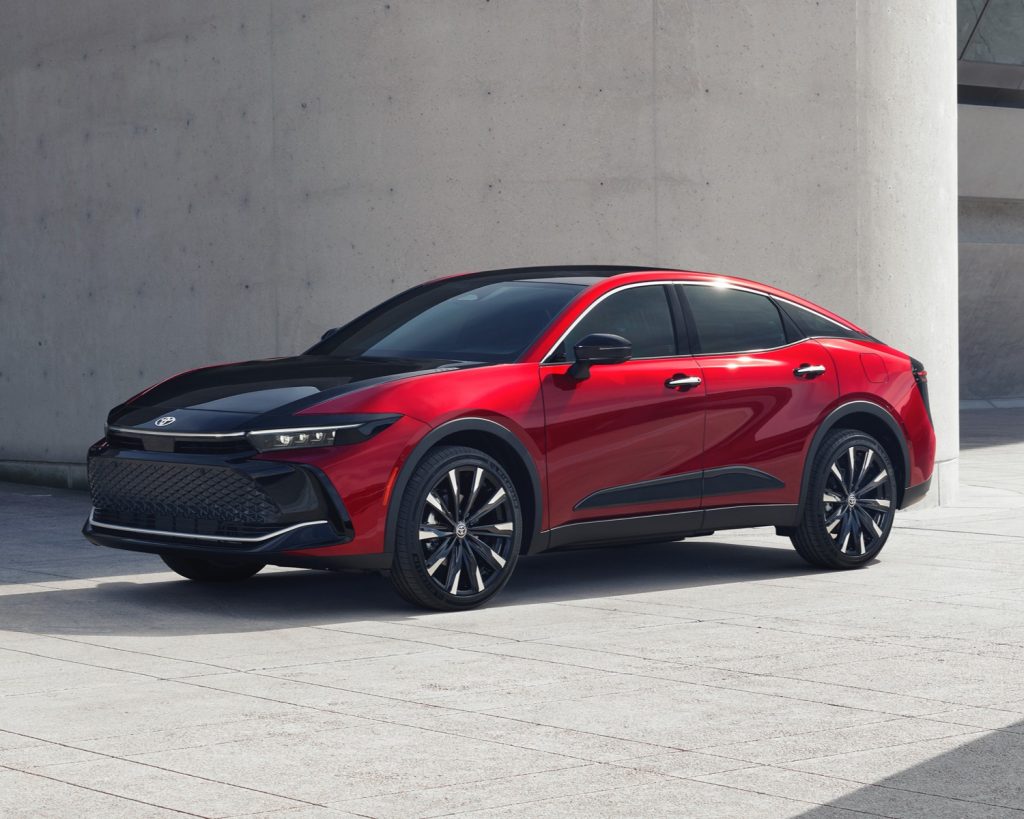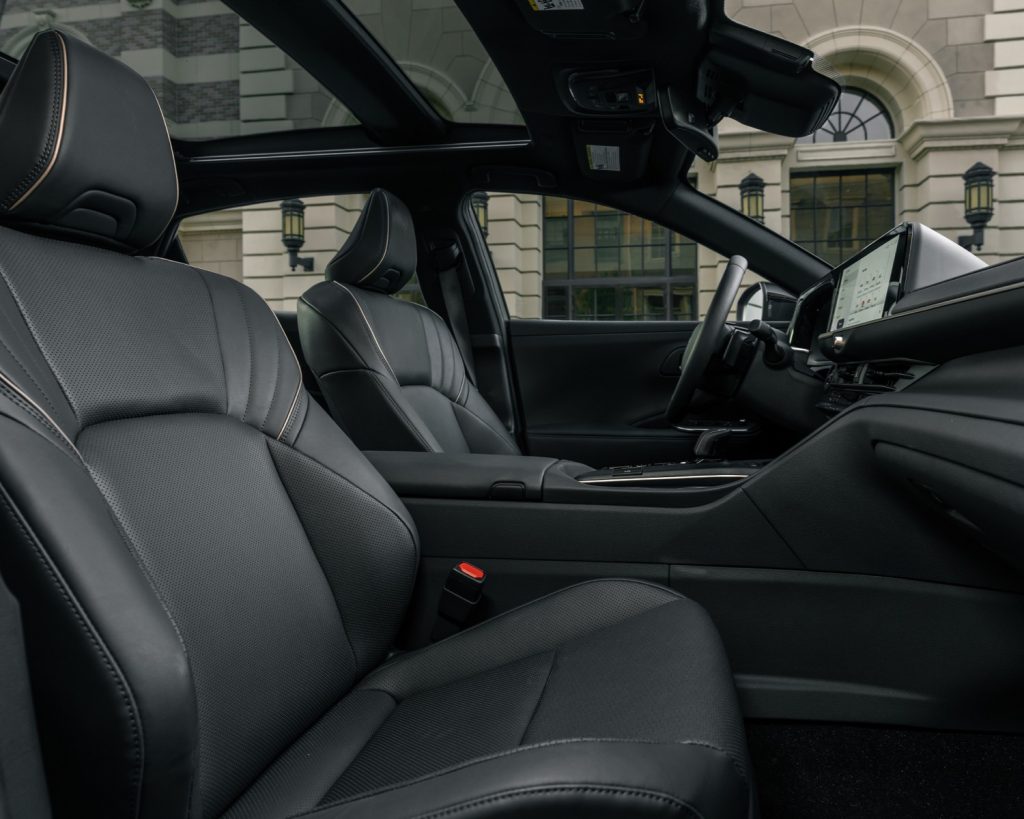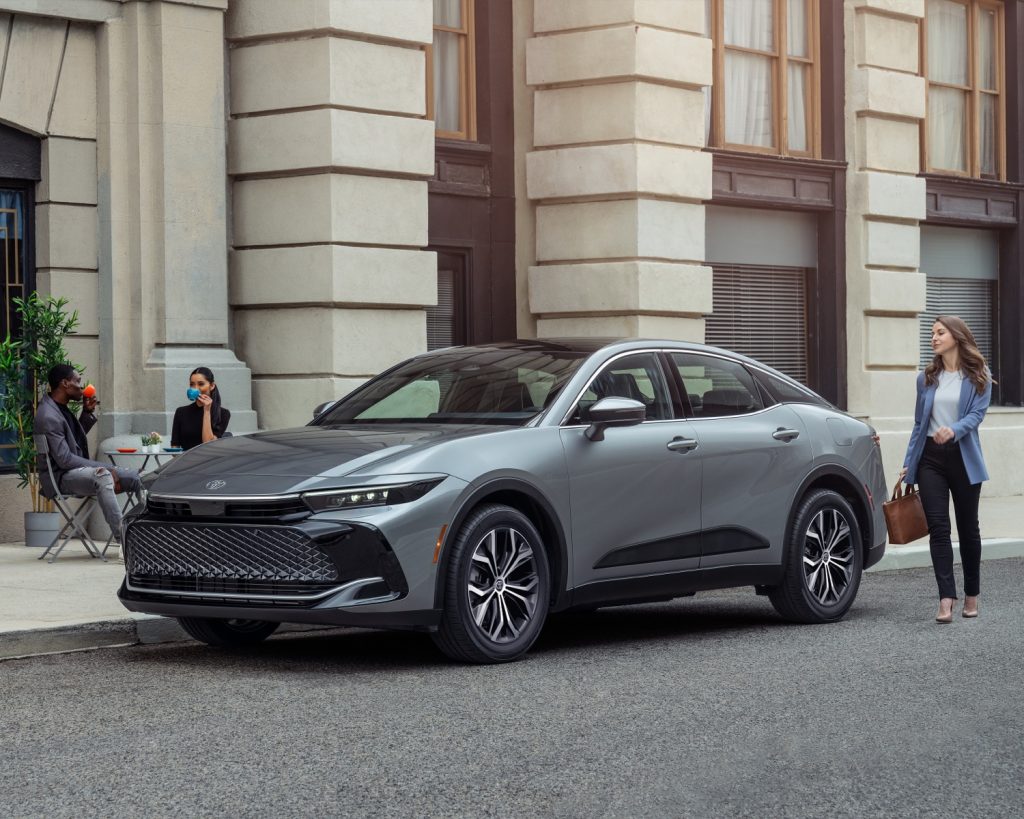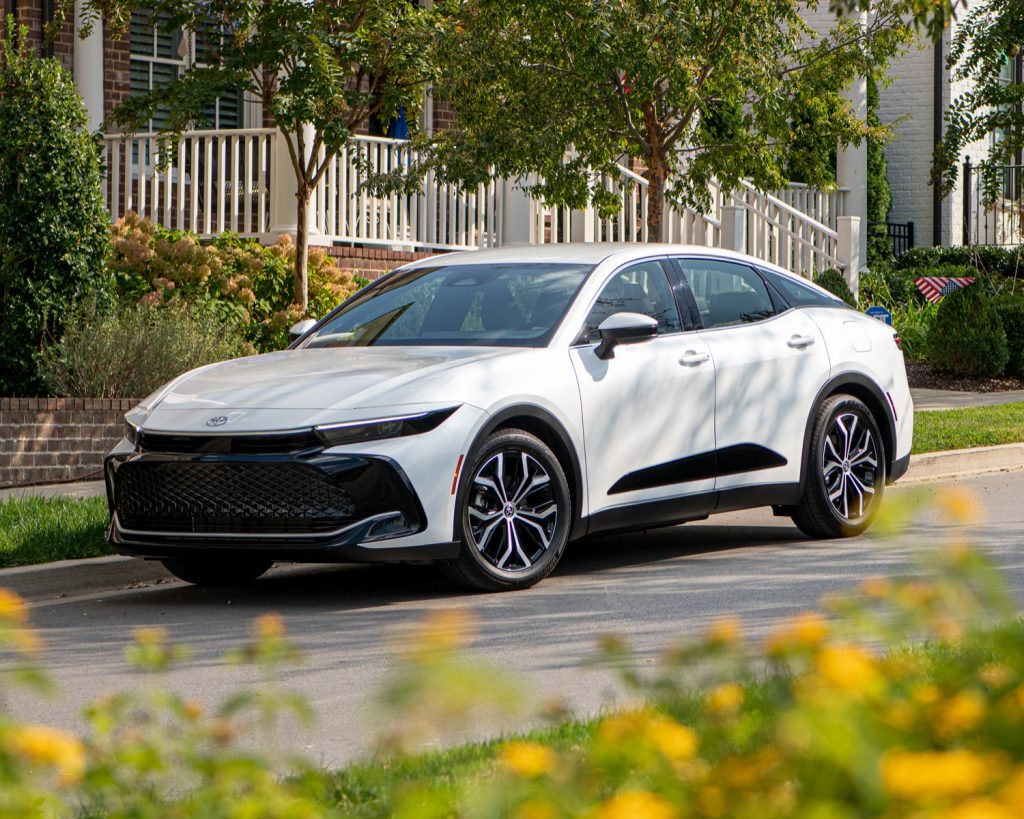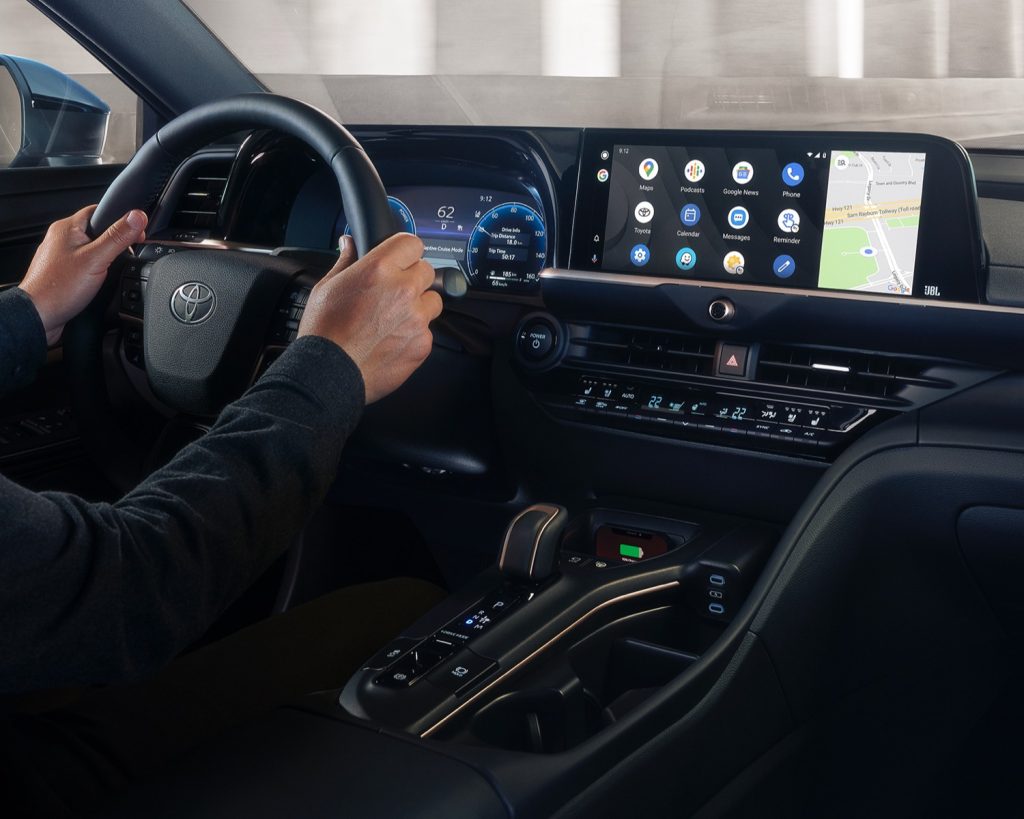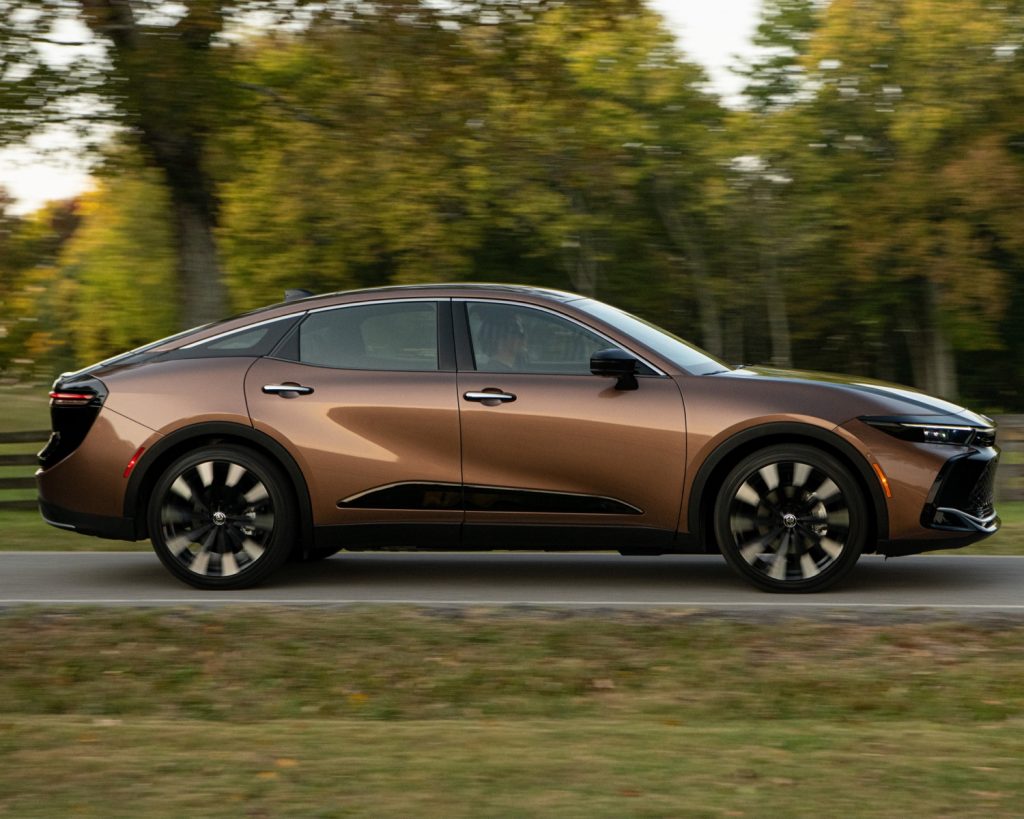Toyota Crown 2025
A ne pas confondre avec la Toyota Crown Signia, une version crossover/VUS de la berline Crown, qui remplace la Venza pour l’année modèle 2025.
Dernière mise à jour : 23 avril 2024
Spécifications
-
Drive Layout
All-wheel drive -
Carrosserie
De luxe Intermédiaires
Warranties
- Complète
- 3/60 000
- Motopropulseur
- 6/100,00
- Battery
- 10/200,000
À partir de 54 387 $
Ce que les concessionnaires paient : 22 222 $
Vous désirez acheter un nouveau véhicule?
L’APA peut vous orienter dans votre recherche et vous conseiller sur la fiabilité, la sécurité, la disponiblité et pour les véhicules électriques, les rabais gouvernementaux.
Obtenez ce serviceModèles similaires à ce véhicule
Showing specific information
-
Ontario
-
Quebec
-
Alberta
-
British Columbia
- Ontario
- Quebec
- Alberta
- British Columbia
| Rapport - 26 avril 2025 |
Prix coûtant
|
Prix affiché |
|---|---|---|
| Base vehicle | ||
|
Limitee
|
0 $ | 54 387 $ |
|
Platinum
|
0 $ | 63 820 $ |
| Options | ||
|
Peinture optionnelle
Disponible sur certains modèles. |
0 $ | 255 $ |
|
Peinture bicolore en option
|
0 $ | 850 $ |
|
Transport et préparation
Obligatoire pour tout achat de véhicule. |
0 $ | 1 860 $ |
|
Taxe d'accise fédérale sur les climatiseurs
Obligatoire pour tout achat de véhicule. |
0 $ | 100 $ |
| Other charges (Ontario) | ||
|
Frais d'intendance des pneus
Obligatoire pour tout achat de véhicule en Ontario. |
0 $ | 24 $ |
|
Frais C.O.C.V.A.
Obligatoire pour tout achat de véhicule en Ontario. |
0 $ | 10 $ |
|
Frais d'administration
Le PDSF est le total estimé des frais d'administration typiques facturés par d'autres concessionnaires locaux. |
0 $ | 899 $ |
|
Frais d'acquisition de location ou financement
Requis par le fabricant. Applicable uniquement dans le cas d'une location. |
0 $ | 595 $ |
|
Frais de service APA (Ontario)
|
0 $ | N/A |
| Other charges (Quebec) | ||
|
Profit suggéré
Veuillez contacter le bureau de Montréal pour obtenir une référence à un courtier ou un concessionnaire. |
0 $ | N/A |
|
Taxe de récupération des pneus
Obligatoire pour tout achat de véhicule au Québec. |
0 $ | 15 $ |
|
Frais d'administration
Le PDSF est le total estimé des frais d'administration typiques facturés par d'autres concessionnaires locaux. |
0 $ | 897 $ |
| Other charges (Alberta) | ||
|
Profit suggéré.
Veuillez contacter le bureau de Toronto pour plus de détails. |
0 $ | |
| Other charges (British Columbia) | ||
|
Profit suggéré
Veuillez contacter le bureau de Toronto pour obtenir une référence à un courtier ou un concessionnaire. |
0 $ |
Abonnez-vous pour obtenir l’information
Devenez membreIncitatifs
Bénéfices additionnels pour les membres de l'APA en Ontario (par l'entremise des courtiers et concessionnaires APA participants)
Obtain this Dealer Invoice Report?
Are you sure you want to obtain this report? You will be redirected to the login page.
Select another vehicle
- Acura
- Audi
- BMW
- Buick
- Cadillac
- Chevrolet
- Chrysler
- Dodge
- Ford
- Genesis
- GMC
- Honda
- Hyundai
- Infiniti
- Jaguar
- Jeep
- KIA
- Land Rover
- Lexus
- Lincoln
- Mazda
- Mercedes-Benz
- Mini
- Mitsubishi
- Nissan
- Polestar
- Subaru
- Tesla
- Toyota
- Volkswagen
- Volvo

